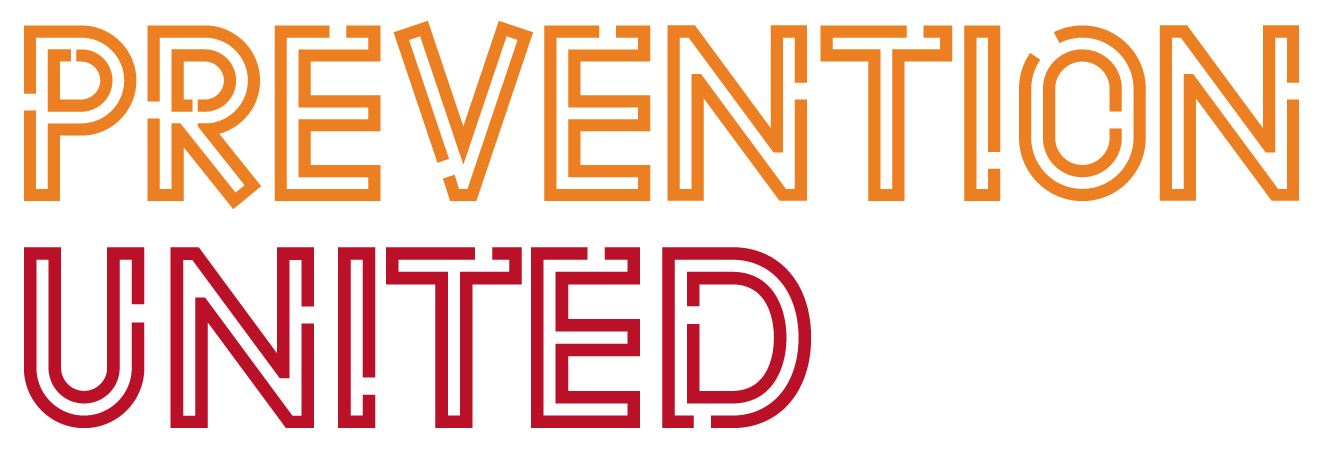One of the key components of the relationship between you and your baby is attachment – the strength and quality of the connection between child and parent/caregiver in the early years of life.

While the majority of children experience secure attachment, around a third of children experience attachment issues that can affect their mental wellbeing.
Secure vs insecure vs disorganised attachment
Secure
In secure attachment a child feels that their parents and caregivers are attuned to their needs and are warm and consistent in their parenting. This creates a feeling of security that gives a child the confidence to explore the world, take risks, and learn and develop. In turn, this helps the child to develop a positive self-image, good emotion regulation, autonomy and positive relationships with others.
Insecure
By contrast, insecure attachment can occur where a child experiences inconsistent, unsupportive or rejecting caregiving. This feeling of insecurity can make a child overly anxious and attention seeking in their interactions with their parents, or detached and avoidant. Over time, insecure attachment can contribute to heightened emotional expression, difficulty managing emotions and less confidence in forming relationships with others.
Disorganised
Disorganised attachment can occur where the child experiences harsh or unpredictable caregiving. It often occurs in situations of neglect and child abuse. The child may respond with uncertainty and fear, and this can lead to problems with emotions and relationships.
Both insecure and disorganised attachment are linked to higher rates of mental health conditions, such as conduct disorders, depression, anxiety, personality disorders, and psychosis.
Things that can improve attachment:
- holding your child
- looking at them
- talking to them
- interacting with them warmly and happily
- soothing them when they’re distressed
And not:
- ignoring them
- being dismissive or harsh
- Being inconsistent in your approach



